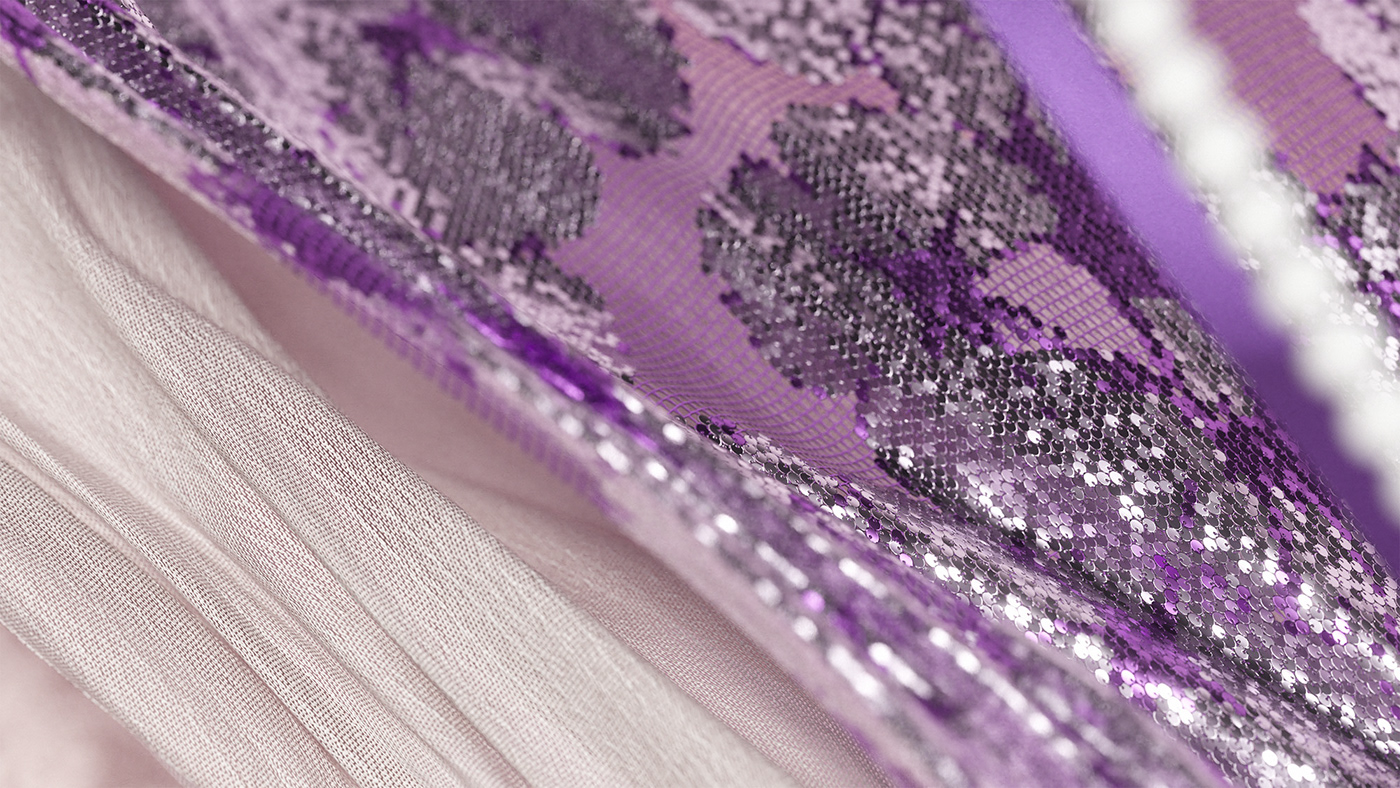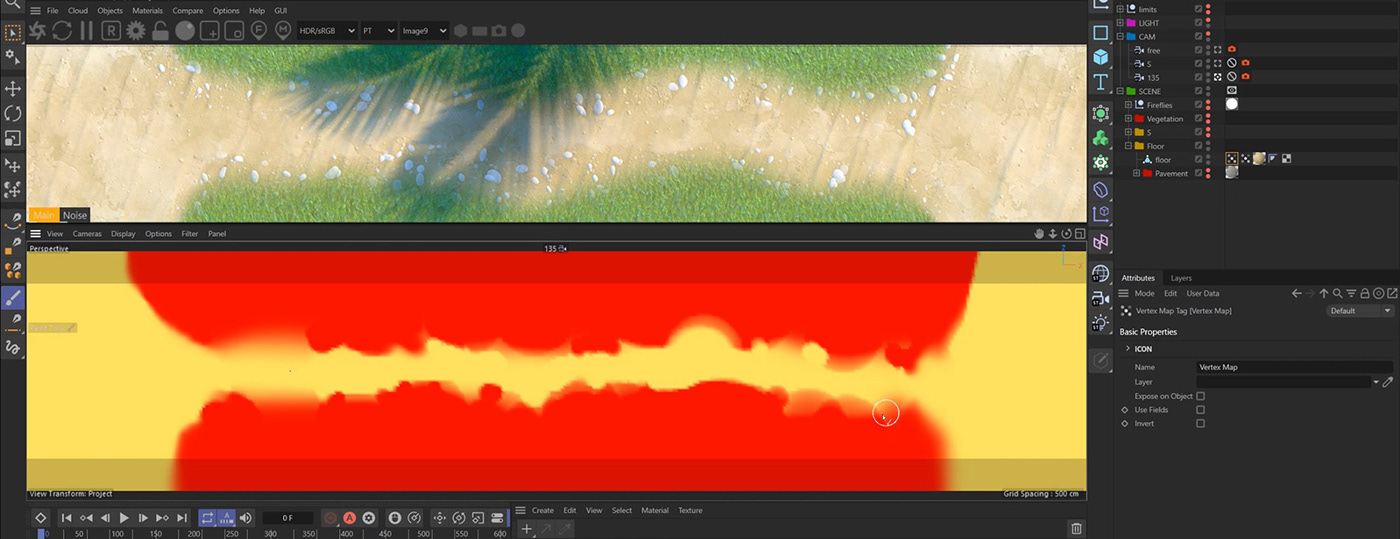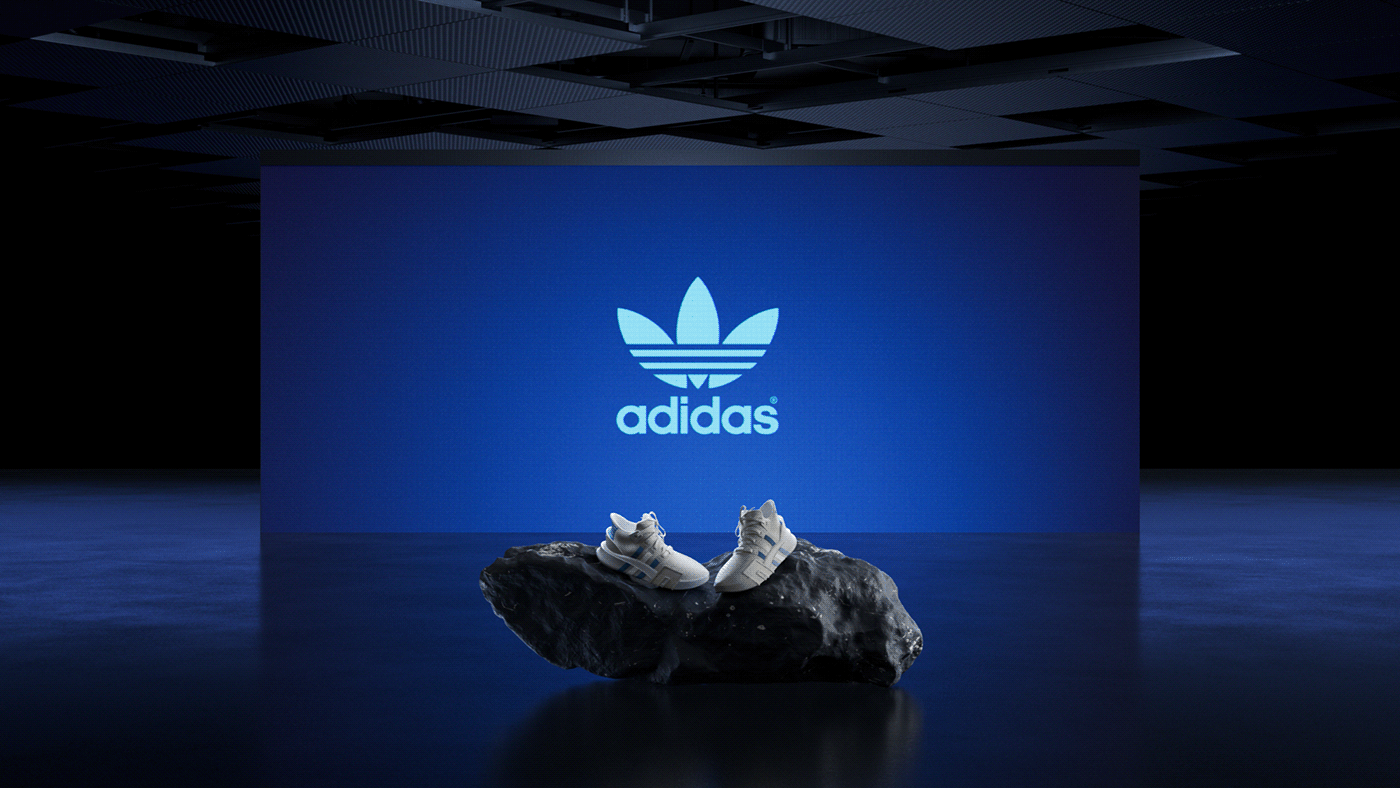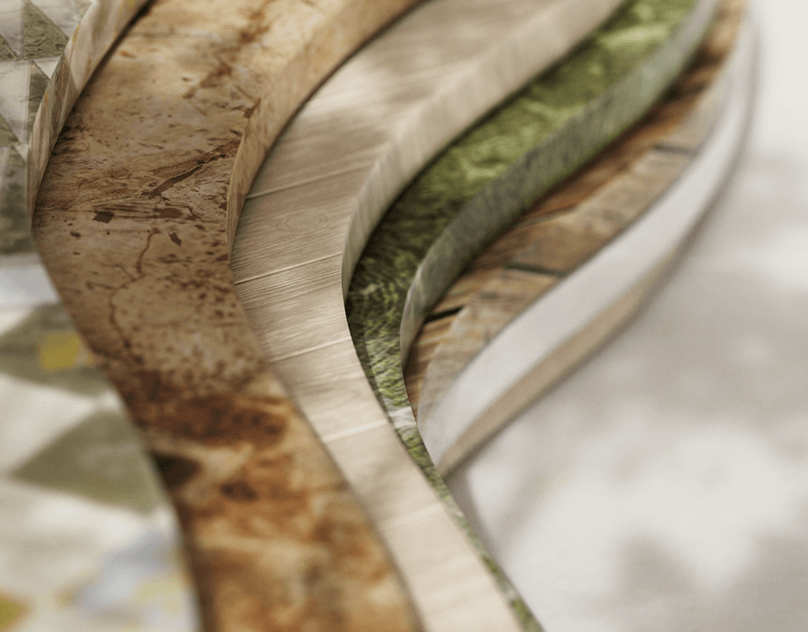Motion Design with Maël Gourdenne
I’ve been a freelance motion designer and art director for the last three years. Before going into freelance work I’d spent two years at a motion design agency, before ultimately leaving to seek a wider creative variety in my work, as well as to challenge myself by taking responsibility for managing an entire project, from start to finish.

The types of projects I work on can be quite diverse. I’ve done a lot of illustration work, notably for album covers. I’ve also worked on a couple of video mapping projects. The first in 2019, for the Fête des Lumières, the ‘Festival of Lights,’ in Lyon, France, in 2019. That was really fun, in part because I was in the audience when it was shown to the public; I got to see the reaction of some of the children who really loved the moon and the stars that I’d animated. My second video mapping project was at the start of 2023, for the Ull Nu festival in Andorra.

Another really interesting project was working on the animation for the set dressing for a live performance by the rapper Jul, from Marseille. This was in 2022, for a concert the evening before the release of his new album, Coeur Blanc. I worked on the 3D component of the clips shown on the screen above the stage. Jul has kind of a science fiction/UFO theme – he’s nicknamed ‘OVNI,’ the French translation of UFO – so I had a lot of fun animating a flying saucer, things like that.
I really enjoy projects like this, that relate to music, whether it’s an album cover or scenography for a live show. It’s a challenge to identify the core elements of an artist’s musical identity, and to extend that to a visual format.
The Substance in Motion Project

The Adobe Studio Substance 3D team approached me to ask if I’d create a 3D video for their booth at the 50th edition of SIGGRAPH. This would be a looping, 360-degree video that would move around a strip of screens at the top of their booth. We wanted to make the video social media-friendly, too.

I had some 3D experience when I started this project, particularly with Blender and Cinema 4D, but I didn’t know the Substance tools very well. I had a deadline of a month to learn the Substance software I’d need – notably Sampler, and how to use resources from Substance 3D Assets in the project – and to go through every step of creating the video, from conception and storyboarding right through to final render. It was tight, but having access to the Substance 3D Assets library saved me a lot of time; this was a huge help in hitting my deadline.
The concept of the video was that it would highlight 5 separate sectors of industry, each of which frequently depends on 3D: art, product, video games, fashion, and animation. In each of these cases we wanted a clip that was colorful and playful. The goal here was to inspire people, and to emphasize the creative side, rather than the technical side, of 3D.

For the gaming clip, for instance, we wanted something that was in the style of, say, World of Warcraft or League of Legends, something with a lot of exterior textures: beach materials, and grassy terrain, all with a hint of magic around it. And so here you see the mystical blue light lifting up the stones on the ground. For animation, it was more about creating something that evoked stop motion animation, something that really fell under the category of motion design. And so here we showed a lot of colorful modeling clay, with shapes cut out as if a child were having fun with a cookie cutter.

The first step in this project was to create a moodboard, to have a lot of references of the types of scene that I wanted to create. I used sites like Behance a lot for this. We spent a lot of time finding references of the five very singular universes that I wanted to create, as well as deciding which textures I’d use from the Substance 3D Assets library. This stage really presented one of the main challenges of the project, I feel: identifying which were precisely the right materials that exemplified, say, the fashion industry, or the video games industry. That was something that I, and the Substance team, considered very carefully.

The floor of the ‘Game’ clip is composed of 3 textures, for example – grass, pebbles, and sand, all downloaded from Substance 3D Assets. Later on, I’d ultimately compose the transitions between these textures using two vertex maps. I created these maps by painting on the 3D model – a simple plane, here – and like this defined zones of influence. I could then associate these maps with textures; in this example, the visible map controlled the transparency of the pebble layer.

After finding the right textures for each clip, the next step was to create the main, recurring scenes, with the Substance ‘S’ logo. This involved a lot of modeling, and then choosing the right textures from 3D Assets, and tweaking those textures in Sampler. Then I’d export everything in difference maps, and import these into Cinema 4D, and render in Octane.
For instance, in the ‘Animation’ clip, I used a very accessible modeling technique to create the wooden toys and the central ‘S’. I just imported an Illustrator file containing a simple spline – in this case, an hourglass – into Cinema 4D. And then I just used a range of tools to produce different renders. Here, the ‘Extrude’ tool allowed me to provide my spline with depth.

Once these were validated, I started working on the close-up shots of the materials for each sector of activity. This was a key objective of the project – to really get close to the materials, to highlight the level of detail of each one.

Across the five sectors, I created 30 clips in total. Once these were ready, we had to make sure that they were appropriate and interesting to share on social media. And here we considered the sound design of the project. The sound design of a short film like this is extremely important. It gives life to the film, and amplifies the motion design. Honestly, for me it carries the same weight as the visual element in a project like this. Too often, I think, the sound design of a project gets overlooked, and (perhaps for budget reasons) people opt to use a somewhat generic royalty-free soundtrack that’s available online. Personally, I feel that wherever possible sound design has to be considered an absolutely integral part of the project, from very early in the process.

Here, we worked with sound designer Joseph Sims, based in Montreal. Joseph is incredibly talented; just based on the moods we wanted to evoke, he was able to create something exceptional very quickly, with just a little iteration. He did a great job.













